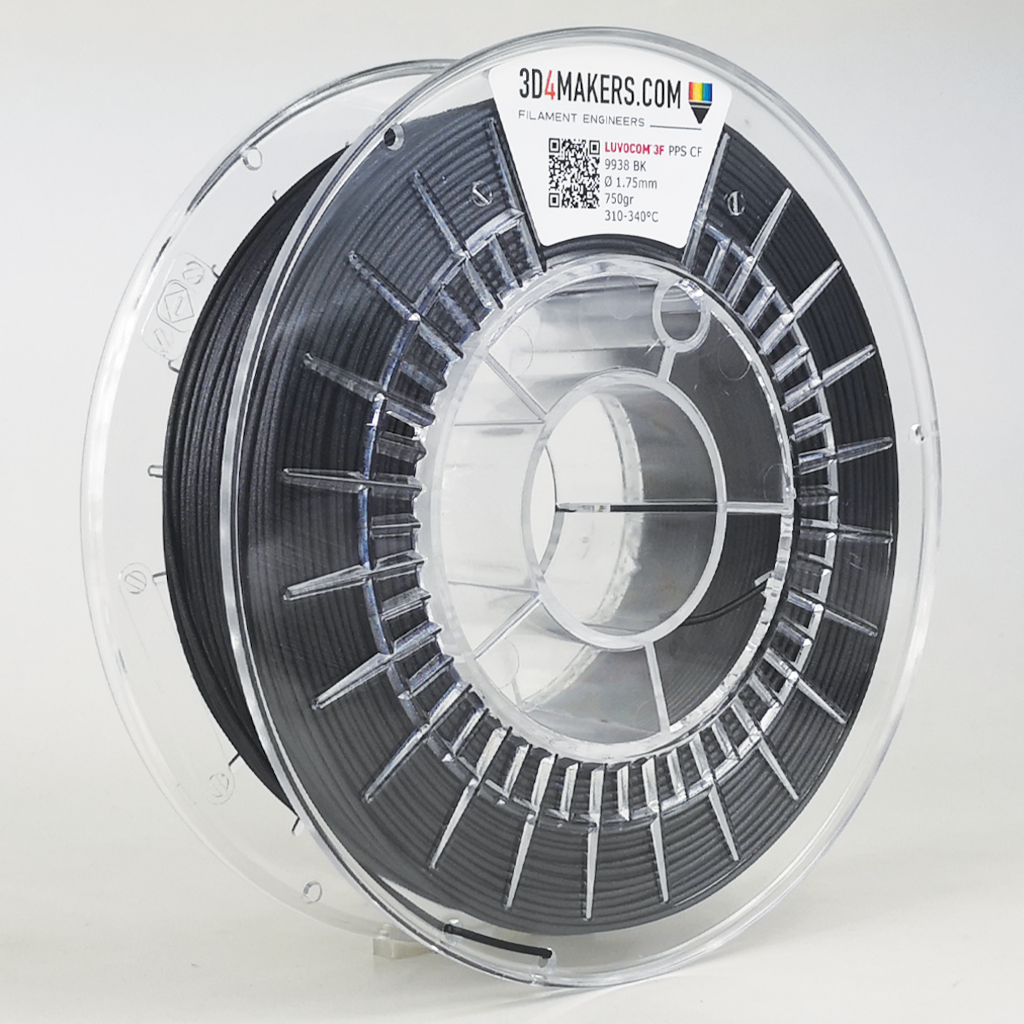
Why choose PPS CF for car intake manifold 3D printing?
Share
Why choose PPS CF for car intake manifold 3D printing?
The automotive industry is one of the fastest-changing sectors, where innovation and improving efficiency are a constant priority. Especially for the car's intake manifold, the choice of materials plays a significant role in terms of performance, durability and production efficiency. In this blog we look at why PPS CF (Polyphenylene Sulfide Carbon Fiber) is an excellent choice for 3D printing a car intake manifold.
Durability and Heat resistance
PPS CF is known for its excellent heat resistance, which makes it an ideal material for parts used near the engine, such as the intake manifold. PPS CF withstands continuous exposure to high temperatures without significant deterioration of its mechanical properties. This feature is critical, as the intake manifold must withstand the heat generated by the engine for a long time without deformation or loss of performance.
Chemical resistance
A car's intake manifold is exposed to a variety of chemicals, including oils and fuels. The chemical inertness of PPS CF makes it resistant to these substances, extending the life of the part and reducing the risk of corrosion. Chemical resistance also guarantees that the intake manifold material does not react with the engine's operating fluid, which is important for engine efficiency and safety.
Reinforced Structural Integrity
Carbon fiber reinforcement gives PPS CF better strength and stiffness compared to many other plastics. This is especially important for parts like the intake manifold that require high structural integrity to function optimally. The addition of carbon fiber also improves the impact and fatigue resistance of the part, which is important in the vehicle's normal operating environment.
Production efficiency and adaptability
3D printing with PPS CF enables the creation of complex, customized shapes that are difficult or impossible to manufacture with traditional manufacturing methods. This opens up the possibility of designing intake manifolds that are optimized specifically for certain engine configurations, thus improving performance and efficiency. In addition, the speed and flexibility of 3D printing shortens the product development cycle and enables rapid iterations in the design phase.
Environmental effects
When manufactured using 3D printing, PPS CF produces less waste than traditional manufacturing methods, making it a more environmentally friendly option. In addition, the possibility of using lighter and more efficient parts can improve the vehicle's fuel economy, which reduces the environmental impact.
Choosing PPS CF to 3D print a car intake manifold offers many benefits, ranging from improved performance and durability to increased production efficiency and environmental friendliness. These features make PPS CF the ideal choice for modern vehicle technology.
Check out Klesa's PPS CF selection here!
Klesan Janne tried to print the nozzle of the intake manifold on the LS3 engine, see the video below!
@aropanemo 3D printed intake manifold? #3dprinting #3d #3dtulostus #ppscf #additivemanufacturing #chevrolet #ls3 #intake #imusarja @3D4Makers ♬ original sound - Janne M
